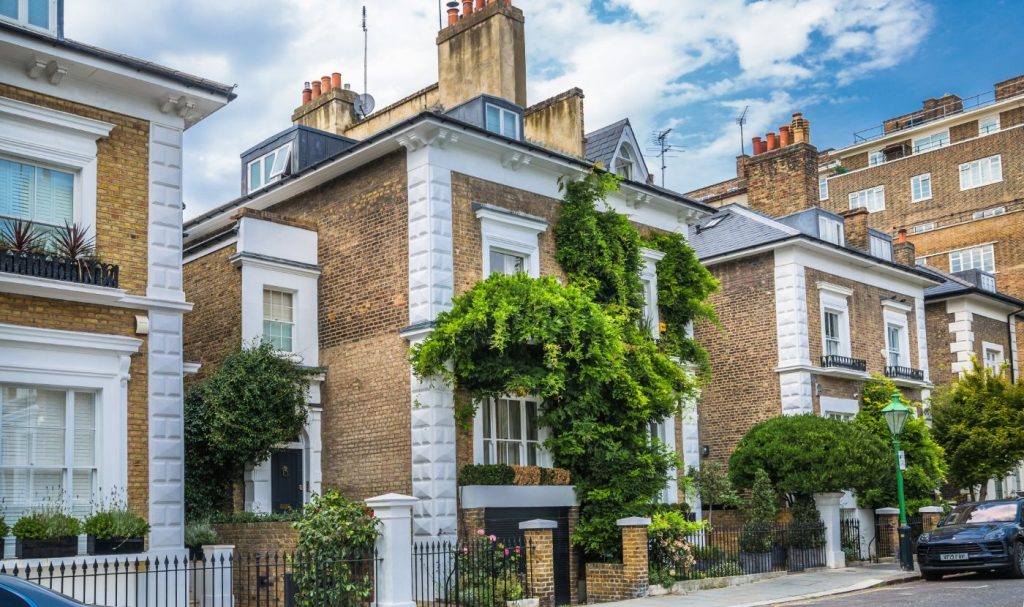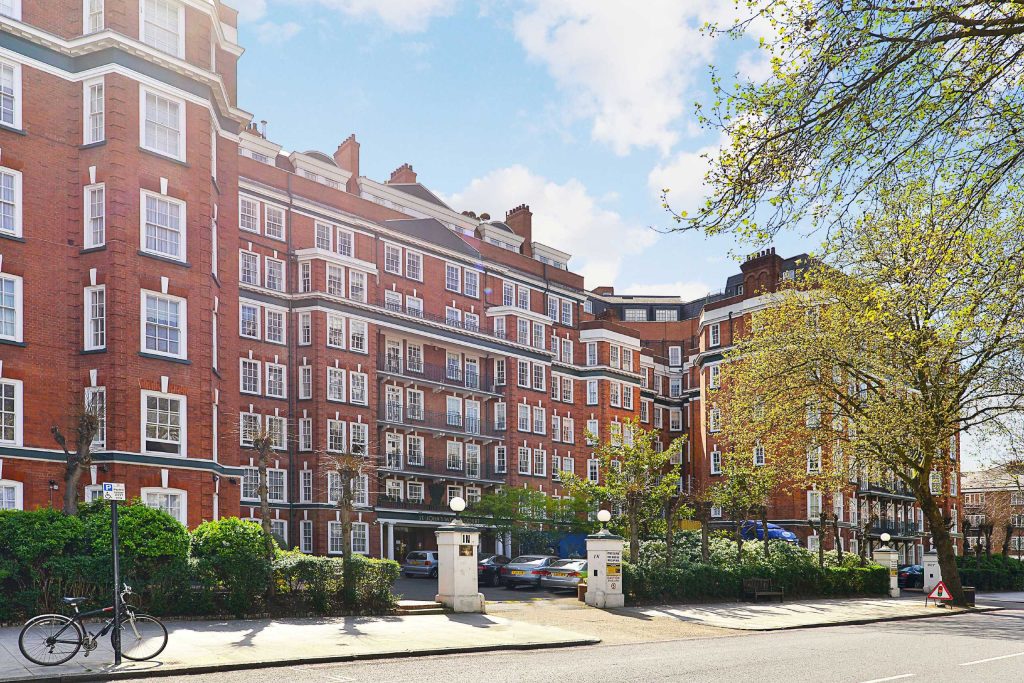High Rates and New Taxes Reshape Property Finance in 2025

The UK property finance landscape is shifting under the pressure of high interest rates and fresh tax changes as the 2025 fiscal year begins. Landlords and homebuyers in London are grappling with costly mortgages and a revised stamp duty regime, forcing many to rethink their financial strategies.
Mortgage interest rates remain elevated after the Bank of England’s rate hikes. The base rate stands at 4.5%, with lenders offering two-year fixed buy-to-let deals around 5%. While inflation is easing, the Bank held rates steady at its March meeting. Analysts anticipate the first cuts by late summer.
Tax policy has also changed. The stamp duty surcharge on buy-to-let purchases increased from 3% to 5% in late 2024. Additionally, the nil-rate band for standard stamp duty has reverted from £250,000 to £125,000. This means higher upfront costs, particularly in London.
Landlords are increasingly incorporating their portfolios. Over 400,000 limited company landlords now operate in the UK — quadruple the total from 2016 — to benefit from full interest deductibility and lower corporate taxes. Around 75% of new buy-to-let purchases are now through companies.
Despite these challenges, buy-to-let mortgage approvals rose 32% year-on-year in early 2025, suggesting cautious optimism among landlords, particularly cash buyers or those refinancing. Lenders are responding with more competitive rates and eased stress testing.
Property finance in 2025 is a balancing act. London landlords must plan for rising costs, factor in potential tax liabilities, and monitor rate movements. With careful strategy, many still see the rental market as a stable long-term investment.


